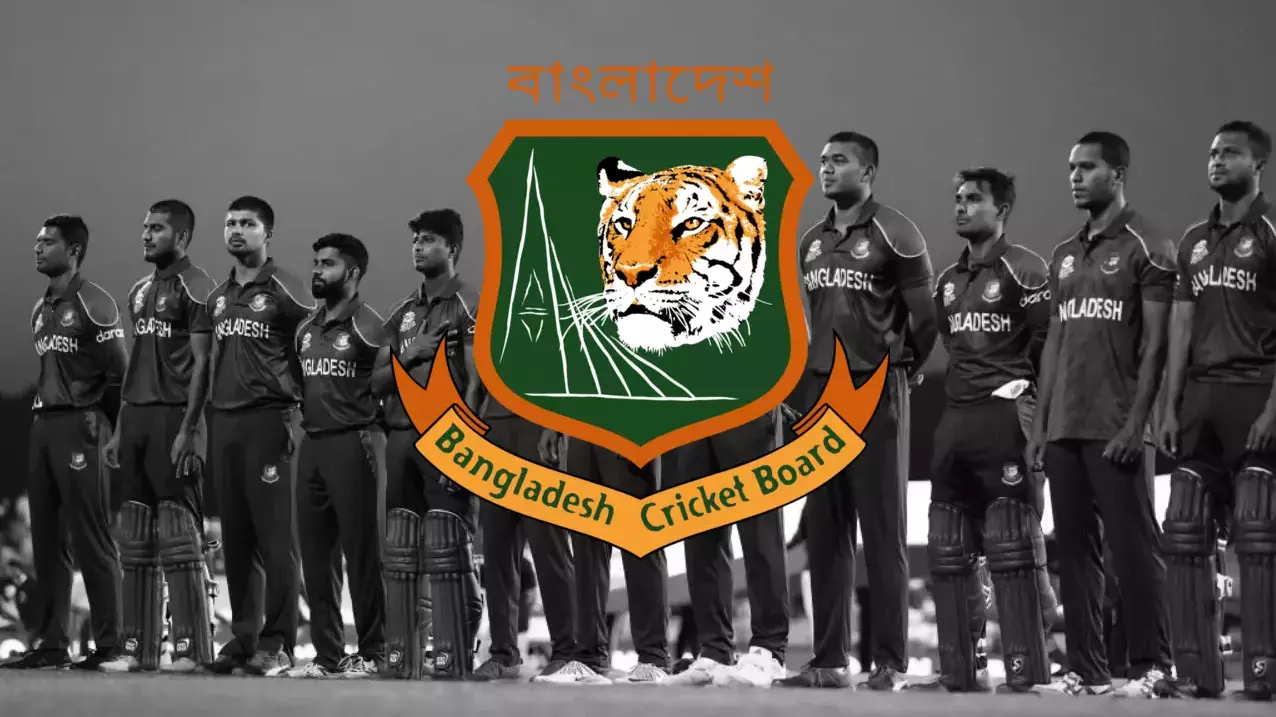The role of the nightwatchman in cricket is one that often evokes curiosity and intrigue among spectators. This article aims to shed light on the purpose, responsibilities, and skills required for this position.
By examining the historical context and analyzing notable examples from cricket history, a comprehensive understanding of the nightwatchman’s significance will be achieved.
Through an objective and analytical approach, this article seeks to provide insights into why teams opt for a nightwatchman and how this strategy can impact match outcomes.
Key Takeaways
- The nightwatchman is a lower-order batsman who is sent in to bat towards the end of a day's play to protect more established batsmen and provide protection during poor visibility or when bowlers are at their peak form.
- However, using a nightwatchman has its disadvantages, such as if the nightwatchman gets dismissed cheaply, it exposes more accomplished batsmen to fresh bowlers and increases pressure on the top-order batsmen.
- The decision to use a nightwatchman depends on the need to protect fatigued or vulnerable top-order batsmen and minimize the risk of losing valuable wickets before the close of play, but it can disrupt the batting order and potentially waste time.
- A successful nightwatchman needs to have effective pressure handling, solid defensive skills, the ability to survive against high-quality bowling attacks, sound judgment in negotiating tricky deliveries, and mental resilience to withstand long periods at the crease.
Role and Responsibilities of the Nightwatchman
The role and responsibilities of the nightwatchman in cricket involve acting as a lower-order batsman who is sent in to bat towards the end of a day’s play in order to protect more established batsmen.
The nightwatchman’s primary advantage lies in providing protection to key batsmen, particularly during the last few overs of the day’s play when visibility might be poor or when bowlers are at their peak form.
By occupying the crease and facing deliveries, the nightwatchman allows top-order batsmen to rest and recover for the next day’s play.
Additionally, if a wicket falls towards the end of a day’s play, sending in a nightwatchman can prevent further damage by ensuring that an experienced batsman does not have to face just before stumps.
However, there are disadvantages associated with using a nightwatchman. Firstly, if the nightwatchman gets dismissed cheaply, it exposes more accomplished batsmen to fresh bowlers on potentially challenging playing conditions early on in their innings.
This can put added pressure on them and increase the risk of losing crucial wickets. Furthermore, using a nightwatchman means sacrificing the opportunity for an established batsman to score runs and build momentum.
Understanding both advantages and disadvantages will allow teams to make informed decisions regarding when and why they choose to employ a nightwatchman strategy.
When and Why the Nightwatchman is Used
When and why the practice of sending a lower-order batsman as a substitute for an exhausted top-order batsman is employed in cricket is a topic that has generated much discussion among cricket enthusiasts.
The use of a nightwatchman, as this substitute is commonly referred to, can be seen as both advantageous and disadvantageous depending on the situation.
One advantage of employing a nightwatchman is to protect the wickets of key top-order batsmen who may be fatigued or vulnerable towards the end of play.
By sending in a lower-order batsman, teams aim to minimize the risk of losing valuable wickets before the close of play.
However, this strategy also comes with its drawbacks. The presence of a nightwatchman can disrupt the batting order and potentially waste valuable time if they are dismissed early on.
Additionally, it may affect team morale if an established top-order batsman feels their abilities are being undermined.
There are alternatives to using a nightwatchman in cricket which teams may consider based on various factors such as match conditions and player capabilities.
One alternative could be for an exhausted top-order batsman to continue playing despite their fatigue, relying on their skill and technique to survive until stumps.
Another option could be to send another top-order batsman who is less likely to get out easily due to their experience and expertise.
Ultimately, the decision regarding whether or not to employ a nightwatchman depends on careful consideration of these advantages and disadvantages, as well as an assessment of individual circumstances within each game.
Transitioning into the subsequent section about ‘skills and qualities of a successful nightwatchman,’ it is important to understand that certain attributes make someone suitable for this role in cricket matches without explicitly stating ‘step’.
Skills and Qualities of a Successful Nightwatchman
Transitioning into the subsequent section about skills and qualities of a successful substitute batsman, an understanding of specific attributes that make someone suitable for this role in matches is crucial. The primary skill required by a nightwatchman is effective pressure handling.
When sent in to bat towards the end of a day’s play, the nightwatchman faces immense pressure from both the opposition bowlers and his own team’s expectations. It is imperative for the nightwatchman to remain calm and composed under such circumstances.
Another important aspect of a successful nightwatchman is their batting technique. Since they often come in to bat when conditions are challenging, having solid defensive skills is essential.
A good nightwatchman should have the ability to survive against high-quality bowling attacks and negotiate tricky deliveries with sound judgment.
Furthermore, mental resilience plays a significant role in determining the success of a nightwatchman. They must possess mental toughness to withstand long periods at the crease without losing concentration or succumbing to fatigue.
In conclusion, the skills and qualities required for an effective nightwatchman include pressure handling, strong batting technique, and mental resilience. These attributes enable them to fulfill their role successfully within a cricket match.
Transitioning into the subsequent section about examples and famous nightwatchmen in cricket history highlights instances where these skills were exhibited by notable players without explicitly referring to ‘steps’.
Examples and Famous Nightwatchmen in Cricket History
Examples of famous players who have excelled in the role of a nightwatchman can provide valuable insights into the skills and qualities required for success in this position.
The following examples highlight the important contributions made by these players and showcase their unconventional strategies:
1. Jason Gillespie
The former Australian fast bowler is often regarded as one of the best nightwatchmen in cricket history. Known for his solid defensive technique, Gillespie not only provided stability to the batting lineup but also made significant contributions with the bat.
His ability to withstand pressure and maintain composure during difficult periods exemplified his mental strength.
2. Monty Panesar
As an English spin bowler, Panesar surprised many when he was sent as a nightwatchman on several occasions.
Despite being known for his bowling prowess, Panesar displayed excellent temperament and determination while facing fast bowlers under challenging conditions. His unorthodox strategy helped England stabilize their innings and build crucial partnerships.
3. Chris Martin
The New Zealand paceman carved a niche for himself as an effective nightwatchman throughout his career.
Renowned for his resolute defense and concentration, Martin played long innings that frustrated opposition bowlers while providing vital support to his team’s middle-order batsmen.
These examples demonstrate how important contributions from skilled nightwatchmen can significantly influence match outcomes through their resilience, unconventional strategies, and ability to mitigate risks during critical phases of play.
Vigil’s End: The Nightwatchman’s Final Hour
The nightwatchman in cricket plays a crucial role, taking charge of the batting lineup during the final overs of a day’s play. They possess specific skills and qualities that enable them to withstand intense pressure and see off the remaining time before stumps.
Their duty is not only to protect wickets but also to tire out bowlers for the next day. Some notable examples include Jason Gillespie and Alastair Cook who proved their mettle as successful nightwatchmen.
The nightwatchman embodies resilience and determination, standing tall amidst uncertainty, much like a lighthouse guiding ships through treacherous waters.
Frequently Asked Questions: Nightwatchman
What is the origin of the term "nightwatchman" in cricket?
The term "nightwatchman" in cricket originated from the practice of sending a lower-order batsman to bat towards the end of a day's play to protect more skilled batsmen. This strategy aims to prevent the loss of wickets and maintain a strong batting lineup for the following day.
How does the use of a nightwatchman impact the batting order of a team?
The use of a nightwatchman in cricket impacts the batting order of a team by sending a lower-order batsman to bat instead of a top-order batsman. This strategy aims to protect the wickets and tire out the opposition's bowlers, but it can also disrupt the flow of the innings and expose weaker batsmen to higher-quality bowling.
Are there any specific rules or regulations regarding the use of a nightwatchman in cricket?
Specific rules and regulations regarding the use of a nightwatchman in cricket include the importance of the role and strategies for selecting one. This analysis provides valuable insights into the topic, highlighting the significance and tactics associated with employing a nightwatchman in cricket.
What are some common strategies employed by teams when sending a nightwatchman to the crease?
Strategies employed by teams when sending a nightwatchman to the crease involve maximizing the role's effectiveness. This includes selecting players with defensive skills, aiming to protect wickets until the close of play, and minimizing disruptions in team dynamics caused by top-order batsmen's dismissals.
Has the use of nightwatchmen in cricket evolved over time, and if so, how?
The use of nightwatchmen in cricket has evolved over time. Their impact on a team's batting order has been significant, as they are employed strategically to protect key batsmen and ensure their availability for the next day's play.











